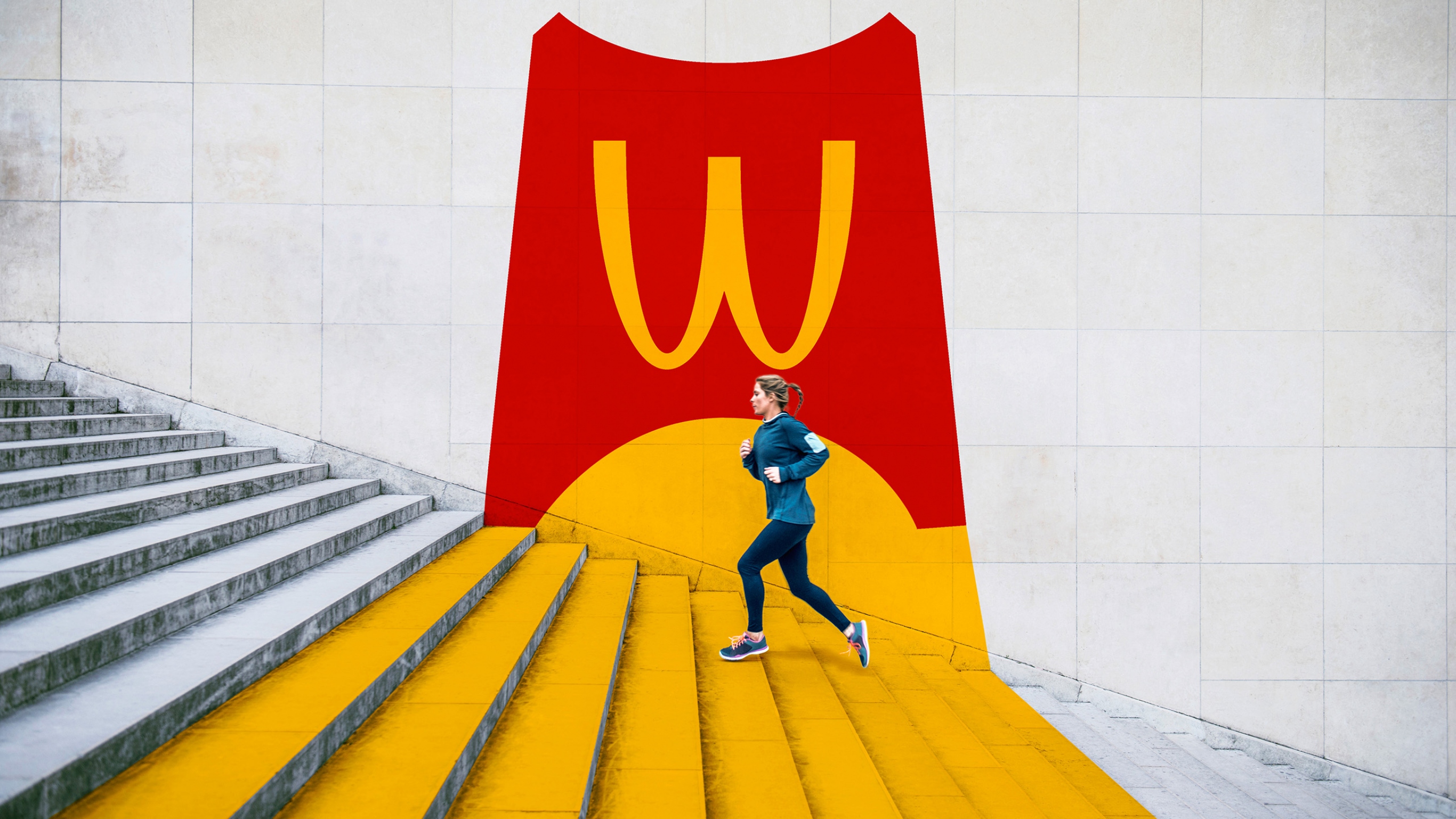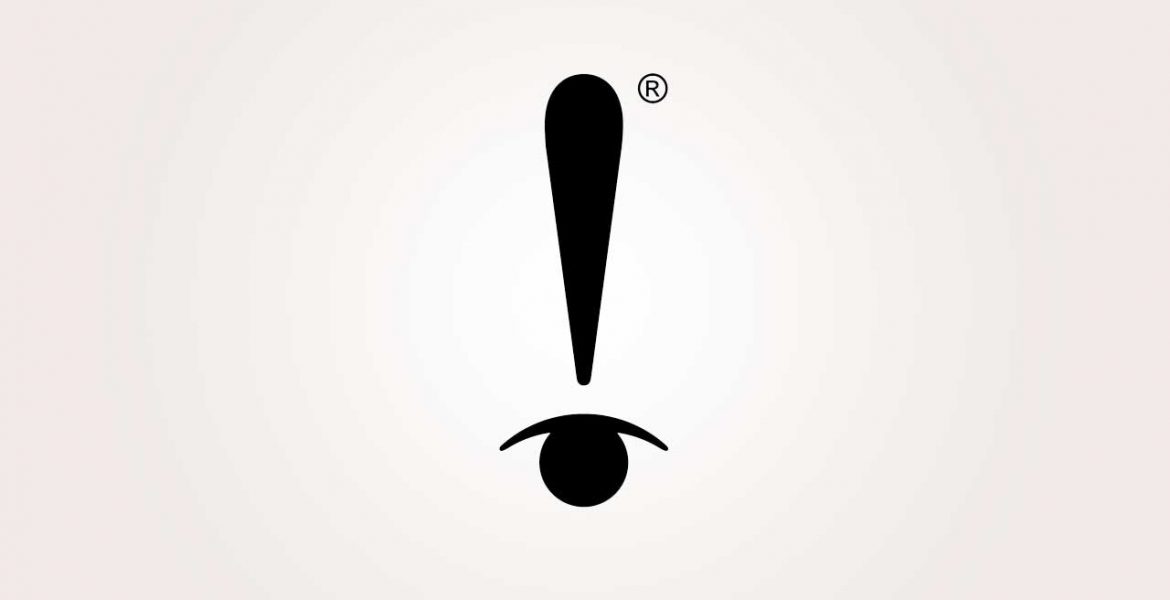AW360 recently caught up with Turner Duckworth, the creative minds behind iconic works from some of the world’s most well-known and loved brands. We asked them about their process, what they feel makes brands iconic, and advice they have for brands looking to take their global presence to the next level.
Q: Your agency has worked on some of the most iconic and well-known brand identities in the world, from Amazon to Coca-Cola to McDonald’s most recently. Were you expecting these identities to become as culturally significant as they have?
We didn’t expect but we certainly hoped. That’s the type of optimism with which we approach every single engagement.
Over a decade has passed since we created the global visual identity for Coca-Cola. We spent years obsessing over what, at the time, appeared to be insignificant details. However, it was this attention to detail, focus on the assets and no small amount of patience that became the foundation of all that followed.
We knew that the work was different and challenging for such a large organization; yet, as momentum grew, we equally knew we were on to something. It became clear that design could have the power to transform not only the brand but also the culture behind it.
It’s also important to stress the “we”. It takes a village to raise a brand, from the internal team to the agency partners, no exceptions. Ultimately, we believe success comes from the consistent adoption of an identity and the acceptance by its audience.
 Q: Turner Duckworth refers to a brand’s iconic status as “unmistakable” – how do you define the “unmistakable” and why is that a useful way of thinking about branding?
Q: Turner Duckworth refers to a brand’s iconic status as “unmistakable” – how do you define the “unmistakable” and why is that a useful way of thinking about branding?
It’s not enough to be different or distinctive. Unmistakable is the benchmark for design excellence. It is that which cannot be anything else.
Coca-Cola’s 1915 brief for the contour bottle called for a “bottle so distinct that you would recognize it by feel in the dark or lying broken on the ground.” Unmistakable at its best.
We live in an increasingly visual age where consumers have become experts at seeing. They seek out all that is charming, interesting and photogenic and reject the rest. Unmistakable design cuts through the clutter and helps place brands top of mind.
Q: Do brands approach you asking to be made iconic? If so, what do you tell them?
Brands often approach us asking us to “Do a Coke”. Alas, there isn’t a formula for this, secret or otherwise. If we had a guaranteed formula for producing great design work, our lives would be so much simpler. We could give the formula a catchy name and trademark it; maybe print it on t-shirts. But we don’t.
There is a surprisingly limited understanding as to what makes a brand iconic and more importantly of the work required to become iconic. A brand needs to be ready and open to change. The brand also needs to be accepting and welcoming of the unmistakable, however illogical or unpopular it may seem. There’s every chance it could be your greatest asset. The odd and the unusual are memorable and have the power to become truly iconic.Design as a discipline tends to be overlooked. It isn’t glamorous, it doesn’t cruise around Cannes aboard a Super Yacht. It’s more of a hard-working tugboat, small but mighty, capable of maneuvering the largest cruise ship in any given direction.
Q: From a branding and design standpoint, what are some brands―not just from your portfolio―that you think are particularly well done? Is it because they have an “unmistakable” approach?
There is a glorious era of design where brands weren’t afraid to stand for something different. Two horses tearing apart a pair of Levi’s, a dead lion filled with bees on Lyle’s Golden Syrup, a green pickle that evokes all things Heinz, regardless of their pickle content. It was an era when founders had a whim, unexpected but memorable, and they ran with it. No research groups, analytics or metrics. The continued success of these brands is in avoiding the urge to erase the unusual.
The successful modern brands have confident CMO/CEOs that champion design from within- someone with a founder’s spirit who isn’t swayed by committees or constraints. These are the brands that have the capability to portray the strong sense of self that defies convention, flies in the face of research and squares up to the norm.
 Q: How do you think the advertising industry overall regards the discipline of branding and design, especially given the business impacts you’ve described in the previous questions? What assumptions do people have that you would challenge?
Q: How do you think the advertising industry overall regards the discipline of branding and design, especially given the business impacts you’ve described in the previous questions? What assumptions do people have that you would challenge?
Design as a discipline tends to be overlooked. It isn’t glamorous, it doesn’t cruise around Cannes aboard a Super Yacht. It’s more of a hard-working tugboat, small but mighty, capable of maneuvering the largest cruise ship in any given direction.
You can’t opt-out of design, it’s woven into the fabric of everyday experiences. Across the board, our clients are shifting budgets away from the “sell” and investing in the experience along with the development of distinctive assets. Used effectively, design is an investment, not a cost.
Some see design as decoration, but we hope to change that. Design is ultimately about discipline, communication and problem-solving.
Q: What advice would you give to a brand marketer considering a new brand identity or brand refresh?
Choose your partner wisely, you get what you pay for. Remove silos, work collaboratively.
Trust your gut, reject the norm.
Have the decision-makers in the room.
Be nice, demand the same in return.
And above all, be patient, it takes years to become an overnight success.

